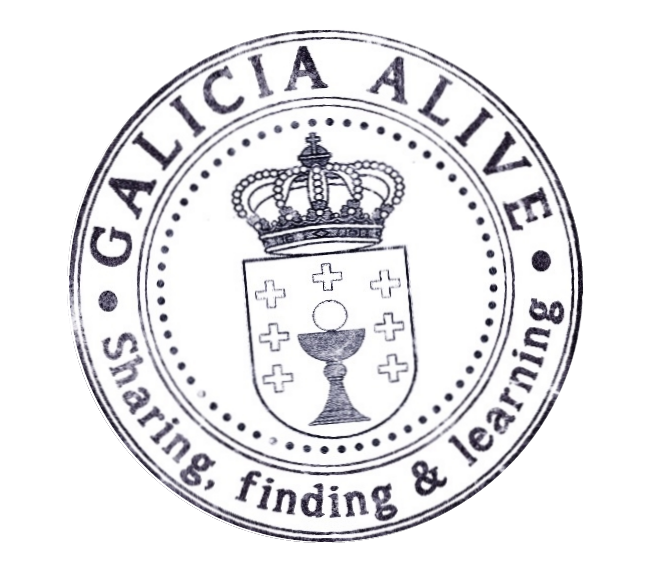Along this third part of this post about “o aire” we try to explain where it comes from. As always, you can see the references of our research and collaborate with us to increase the information or correct what you think is incorrect. The sections into which we divide the article are:
-
WHAT IS “O AIRE”?
-
WHERE IS “O AIRE” GOT?
-
WHAT IS THE ORIGIN OF “O AIRE” BELIEF?
-
HOW TO PREVENT GETTING “O AIRE”
-
HOW IS “O AIRE” CURED?
-
MAP OF “O AIRE”
-
“O AIRE” AND HOW TO REMOVE “O AIRE” (FULL ARTICLE)
Let’s go learning a bit further about “o aire” .
WHAT IS THE ORIGIN OF “O AIRE” BELIEF?
The origin of the belief in “o aire” seems to be closely related to the particular way in which Galician culture treats death. Every day we move the death of loved ones away from our daily lives, but until recently it was common to watch over the dead in the deceased’s own home. It is possible that collective thought gave rise to the belief from this proximity that the spirit of dead people could interfere with the body of the alive people, knowing it as “o aire”. There are stories in which it is told noises have heard coming from the rooms of the deceased. It is even told body of the deceased have been seen after the burial, strange noises have been heard in the deceased’s room and, worst of all, a child or a sick person in the family got sick with “o aire“. Collective thought created this belief that souls coexist with us after death.
YOUR COLLABORATION
If there is any extra and documented information you can give us, it will be welcome. Also, if you have information that doesn’t match what we have here, let us know. We try to have accurate information and so we always leave our references.
HELP US KEEP WRITING
To increase the quality of our posts we need more time. You can help us by buying at Patreon:
https://www.patreon.com/c/GaliciaAlive
REFERENCES
Blogs, Magazines and Newspapers El Correo Gallego: Nemiña atrae surfistas de toda Europa 25 aniversario do IES Praia de Barraña Thirthe: Transparencia Suso de Basilio – Dende Corme ao mundo: Aqueles tempo de quitar o aire O Roque de Cerponzóns: Día de Santos Historia de Galicia: Buscando á Raiña Lupa no Sagrado Monte Pindo Tralas pegadas da vella: Na procura da Raíña Lupa no sagrado Monte Pindo The Muros Times – Como sacar el aire Contribución al Diccionario Gallego – Aníbal Otero Álvarez Correo del Camino: Testimonios de peregrinos Celtíbera: O aire do difunto Galicia encantada: Os curandeiros Artists Rockisome: Entrevista a Terbutalina
Youtube: Terbutalina – Broncodilatador – Peneira
PDFs for downloading El poder de la palabra y la fe en la curación dentro del contexto cultural gallego Concello de Cabana: O Santuario do Briño Fichas de Investigación Etnográfica e de Restos Históricos Cadernos de Fraseoloxía Galega 18 Hacia el encuentro de mi anthropos: la muerte, dinamo estructural de la vida Centro Ramón Piñeiro para a Investigación en Humanidades: Fraseoloxía e paremioloxía de Sebil Memoria Educación Secundaria (2002-2003) Asociación de Escritores Galegos en Lingua Galega: Remedios, prácticas e ritos curativos da medicina popular tradicional UN MEIGHALLO – Ana Fernández Fernández Routes Correo del camino: Testimonios peregrinos Geocaching: Camino Sacramental Senda das estrelas: Etapa Recomendado. DÍA 5: Muros-Outes Concello de Negreira: Guía Turística de Negreira Documentals and interviews Comenius Regio: Quitar o aire Documental Terra de Meigas (Non tivemos oportunidade de velo)
Others
Traballos antropoloxía 2008-2009

